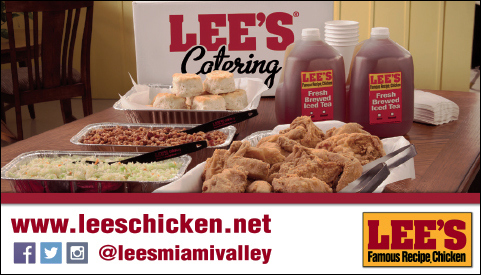A black and white cover shows two hands carving a turkey. The title of the 33-page, government issued booklet is Poultry Cooking. Issued in the year 1941, it cost ten cents and could be acquired through one’s local congressman’s office.
It is a Farmers’ Bulletin, number 1888 and was part of the year’s printings released from the Superintendent of Documents, Washington D. C. through the Government Printing Office.
Today this office is known as U.S. Government Publishing Office. Their direction is different and mostly digital.
Back before internet and computers, information from government agencies on everything from apples to zucchini, agriculture to hydroponic gardening, azaleas to zinnias and homecare to healthcare was published in small booklets, numbered and released to the public through the mail and public servant offices.
Besides the poultry booklet, we have number 125 bulletin on Fruits in Family Meals, number 77 bulletin Family Food Stockpile for Survival and number 1 bulletin Family Fare-Food Management and Recipes. But it is the poultry cooking that holds the most interesting text.
There are two rules given for cooking poultry. It’s that simple. No. 1 is cook at a moderate heat so meat will be juicy, tender and evenly done to the bone. No.2 is vary the cooking method according to the age and fatness of bird. Very old birds need long, slow cooking in water or steam to tenderize them. Young birds, on the other hand, if fat, can tolerate broiling, frying and generally any roasting procedures. If the young bird is lean a covered roaster or covered casserole is better.
One telling piece of advice certainly dates this booklet. Dressed weight back in 1941 meant that the head and feet were still attached to the bird. Today we don’t see feet or heads of any type of poultry except out on the farm.
French-fried chicken and fried turkey steaks were popular meals back then. Six recipes for stuffing allude to the popularity of filling poultry with bread, cornbread or rice to stretch the meals.
In all the advice contained therein, it is the paragraphs for Grooming the Bird that give way to chuckles. “Once the bird is selected (age determined beforehand) see that it is drawn and well-groomed all over so as to appear at its best when cooked. Scrub the bird with a wet cloth and cornmeal or mild soap. Rinse thoroughly and dry bird.”
While recipes are included for basic cooking methods, there are more than double that amount for what to do with leftover poultry. Our favorite is the Creamed Chicken.
Creamed Chicken
- 4 tablespoon butter
- 1 cup chopped celery
- 1 tablespoon chopped onion
- ¼ green pepper, chopped, optional
- ½ cup all-purpose flour
- 3 cups chicken broth
- ½ to 1 cup cream
- 3 cups diced cooked chicken, white and dark meat
Chicken Loaf
- 4 ½ tablespoons butter
- ½ cup flour
- 1 cup chicken broth
- ½ cup milk
- 1 tablespoon chopped or minced onion
- 3 tablespoons chopped green pepper
- 3 cups soft bread crumbs
- 1 quart chopped cooked chicken (4 cups)
- Salt, pepper or other favorite seasonings
Contact Connie at This email address is being protected from spambots. You need JavaScript enabled to view it. or Box 61 Medway Ohio 45341

